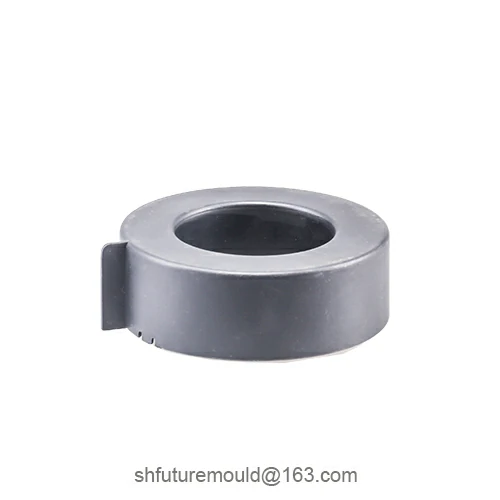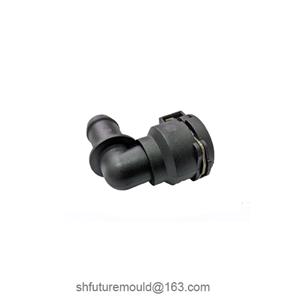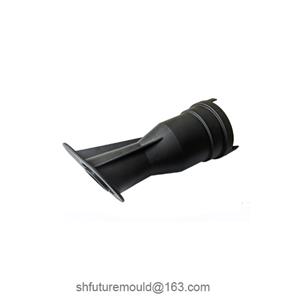What Are the Process Conditions for PET Injection Molding?
PET (polyethylene terephthalate) is a crystalline thermoplastic widely used in injection-molded products such as bottle preforms, transparent items, and packaging containers. Due to its high crystallization temperature and hygroscopicity, PET injection molding requires specific process conditions to ensure product quality and performance.
1. Material Preparation
Drying Temperature: 160–180°C
Drying Time: 4–6 hours
Moisture Content Requirement: ≤0.005%
PET is highly hygroscopic. Residual moisture can cause hydrolysis, bubbles, silver streaks, and reduced strength during molding.
2. Injection Molding Machine Requirements
PET requires high-temperature, high-speed injection. Machines should have enhanced plasticizing capability.
Use PET-specific screws or modified general-purpose screws.
The compression ratio should be 2.8–3.5.
3. Mold Design Considerations
Runners: Short and smooth, avoiding sharp bends or dead zones.
Surface Finish: Runners, gates, and cavities must be polished to prevent flow marks.
Hot Runner Systems: Recommended for efficiency, especially in bottle preform molding.
4. Other Key Considerations
Mold Temperature: Ensure adequate mold temperature to compensate for PET’s low melt viscosity and rapid cooling.
Barrel Residence Time: Avoid prolonged exposure of PET to high barrel temperatures to prevent thermal degradation and acetaldehyde generation.
Regrind Ratio: Minimize regrind usage, as excessive amounts can degrade mechanical properties and transparency.
- Injection Mold
- Automotive Injection Mold
- Electronics & Electrical Injection Mold
- Consumer Goods Injection Mold
- Airplane Components Injection Mold
- Medical Components Injection Mold
- Irrigation Components Injection Mold
- Injection Molds




